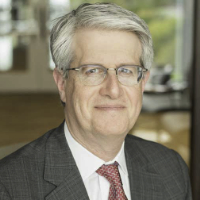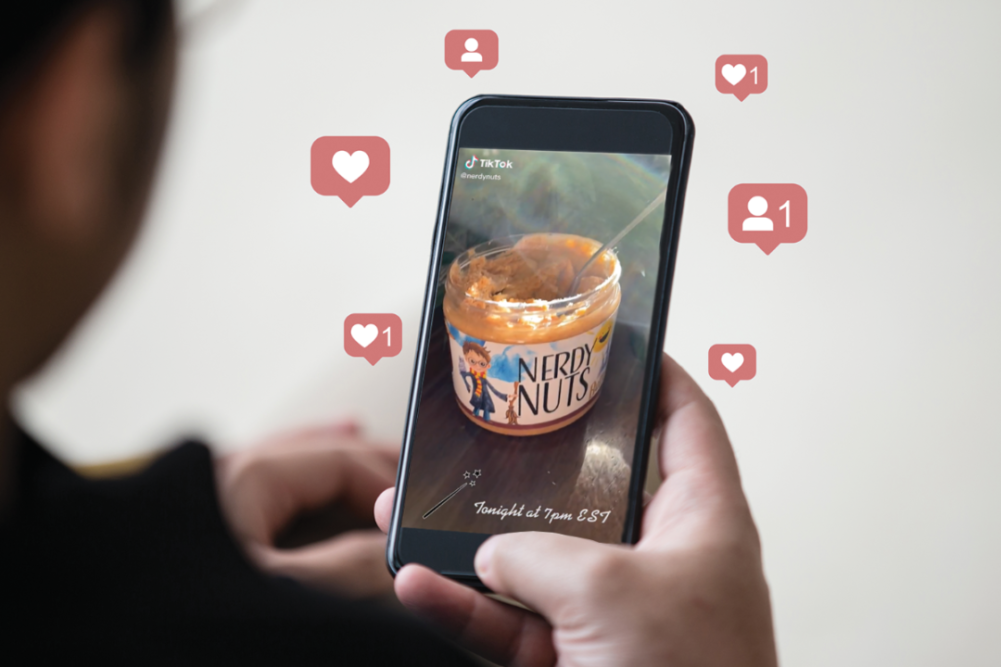 Since the start of the COVID-19 pandemic, the share of food industry marketing dollars directed toward digital media has risen sharply, and a growing share of this spending has been directed toward so-called influencers on social media. The meteoric rise of one such influencer in a seemingly unrelated economic sector — cosmetics — deserves attention from grain-based foods.
Since the start of the COVID-19 pandemic, the share of food industry marketing dollars directed toward digital media has risen sharply, and a growing share of this spending has been directed toward so-called influencers on social media. The meteoric rise of one such influencer in a seemingly unrelated economic sector — cosmetics — deserves attention from grain-based foods.
A December feature article in Food Business News cited data showing influencer marketing prompts engagement at five times the rate of conventional advertising. While influencers often are teenagers or adults in their early 20s, they build devoted followings from like-minded people. As the head of one influencer marketing agency put it, “Whether it’s a tube of toothpaste or a food product, if someone you trust says to you, ‘I really like this product,’ your interest in trying and purchasing that product is going to increase significantly.”
The Food Business News feature described how food companies have partnered with micro influencers (those with between 1,000 and 100,000 followers) and macro influencers (100,000 to 1 million). A recent profile of a wildly popular influencer on the social media platform TikTok offers a glimpse of where the influencer phenomenon may be headed.
If there is value in aligning with an influencer who has 50,000 or 500,000 followers, what is the value of one with 5 million or 50 million? One such individual, Addison Rae Easterling, has amassed more than 79 million TikTok global followers in little more than a year and was profiled in a lengthy recent New York Times Magazine feature story. Using the five times multiplier cited above, the 20-year-old Ms. Easterling has the equivalent marketing power that a conventional advertising program targeting all 330 million men, women and children in the United States would generate.
Ms. Easterling, who also has been the subject of coverage by Forbes and Business Insider and has appeared on “The Tonight Show,” has now partnered with Ipsy, a beauty subscription service, to introduce a line of cosmetics mailed for $12 per month. The products are sold under the Item Beauty brand and are designed to be convenient, fitting in a small bag.
In addition to exploring how someone who posts 1-minute dance videos attracts so many followers so quickly, the Times also described changes taking place in the cosmetics industry. The commonalities with the food sector were striking. Like baking, cosmetics was largely a local industry until the early 1900s when many top brands were introduced, often by immigrants. For instance, Maksymilian Faktorowiz emigrated from Russia to the United States in 1914 and changed his name to Max Factor. While not a necessity like food, clothing or shelter, cosmetics show resilient demand during economic downturns. The Times estimated, citing Euromonitor data, the US market size at $92 billion.
Like food and many industries, a shift to e-commerce cosmetic sales accelerated during the COVID pandemic. Sharing NPD Group data, the Times said direct retail cosmetics sales fell 4% in 2020, versus an overall decline of premium beauty brands of 19%. Legacy beauty brands have struggled to remain relevant, with established products often criticized for a dearth of innovation.
Vitality in the cosmetics business is being pursued through an adjustment away from the promotion of an unrealistic ideal of beauty in favor of a celebration of self-expression and wellness. It is difficult to overstate the potential value to the industry of partnering with a spokesperson who delivers such a message in a manner viewed as authentic. Helping consumers gain a healthier relationship with food is a challenge of similarly monumental importance.
In addition to her new cosmetics line, Ms. Easterling has signed deals with American Eagle and Spotify. She also has worked with Coca-Cola. Forbes called Ms. Easterling TikTok’s highest earner in 2020, at $5 million. That figure appears destined to escalate rapidly in 2021. Grain-based foods companies shifting their marketing dollars toward digital media would be wise to stay closely attuned to this powerfully emerging segment.






